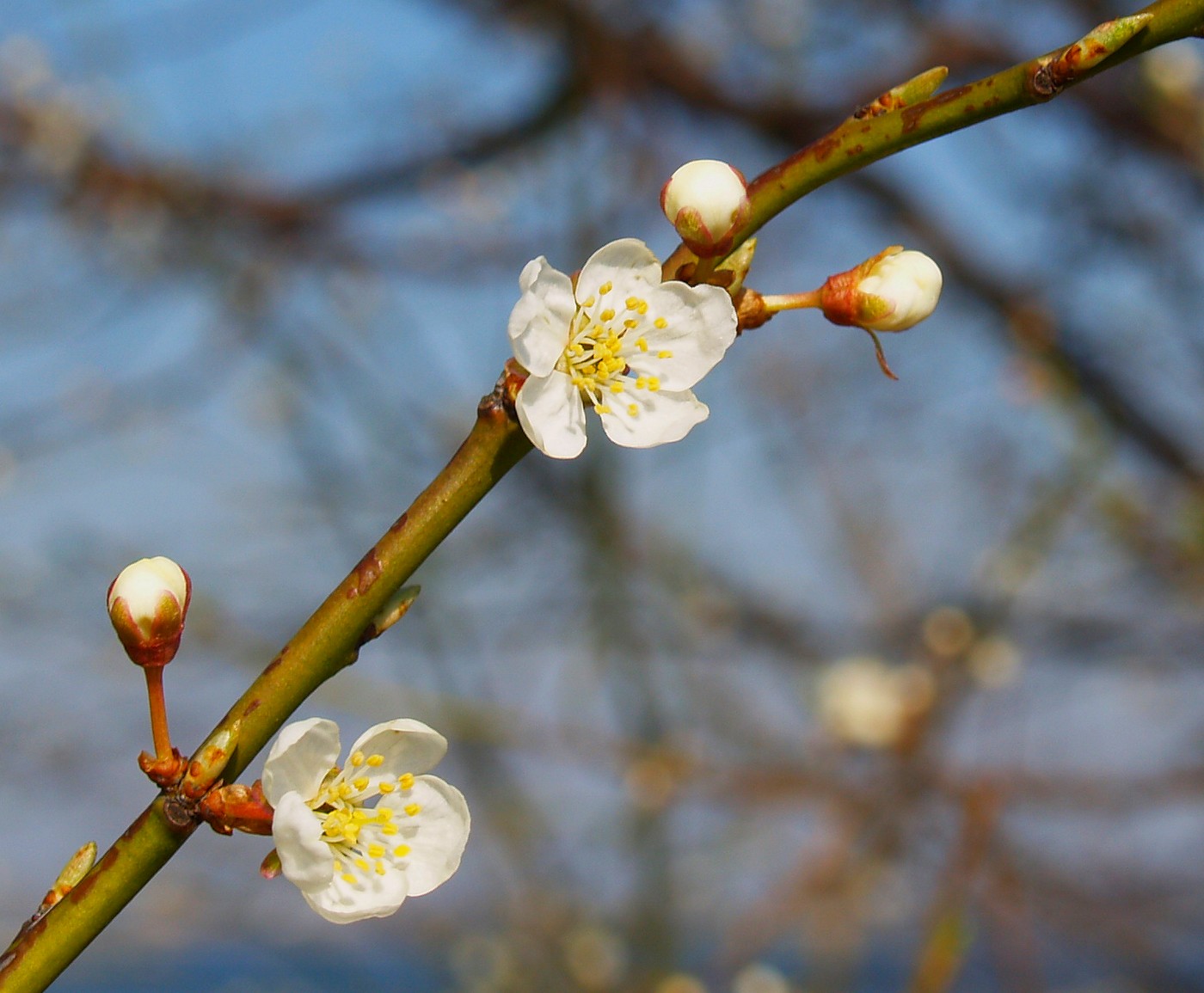Reports:
plants  companies
companies  statistics
statistics

Forcing Spring Flowering Trees and Shrubs
-
2014.02.05
Gardeners in cold climates can have an early breath of spring by forcing branches of spring flowering trees and shrubs into bloom. Forcing spring bloomers is an easy task. The hardest part is probably getting yourself outside in the cold, snowy weather.
Gardeners in cold climates can have an early breath of spring by forcing branches of spring flowering trees and shrubs into bloom. Forcing spring bloomers is an easy task. The hardest part is probably getting yourself outside in the cold, snowy weather.
What Flowering Trees and Shrubs are Good Candidates for Forcing?
There are many spring flowering plants that will easily blossom indoors and you can experiment with whatever you have growing in your yard. Some traditional trees and shrubs to try include: azalea, beautybush, crab apple, flowering quince, forsythia, magnolia, pussy willow, redbud, rhododendron, serviceberry, spirea, witch hazel, and fruit trees such as cherries, pears and apples.
When to Cut Your Branches
Many spring flowering trees and shrubs require a period of cold dormancy in order to bloom. By mid-January, most spring bloomers have had sufficient cold to allow forcing them into bloom indoors. There are a few, such as crab apples, beautybush, magnolias, redbuds and spireas, that require a longer dormancy and do better if you wait until late-February / early-March. It's best to cut your branches on a relatively warm day. If that's not possible and the branches are frozen when you cut them, it helps to submerge the entire branch in slightly warm water for a few hours.
What to Cut
Look for swollen, plump buds. There will be both flower and leaf buds on the stems, but flower buds tend to be rounder and larger than leaf buds. Cut your branches at an angle and be sure your cut them long enough to display.
Forcing
Don’t let the branches dry out. A fresh cut, or better still, smashing the bottoms of your branches gently, will make it easier for the branches to take up water. • Your branches are going to need a period of transition, to be fooled into thinking it's spring. After placing your branches in a container of water, place your container away from sunlight, in a cool location. A basement works well for this.
Cover the branches loosely with a plastic bag or mist them daily to prevent them from drying out. Check the water in the container daily and change it when it becomes cloudy or discolored.
Depending on the type of branch and when you cut them, you should see the buds swell and begin to open within 1 - 6 weeks. At this time, you can move your flowering branches into sunlight and place them on display. Pussy willow and forsythia will be the first to open. Also, the closer to their outdoor flowering time you cut, the quicker they will bloom.
Keep checking and changing the water in the container and your forced blooms can last for weeks.
-
printpublish at:







